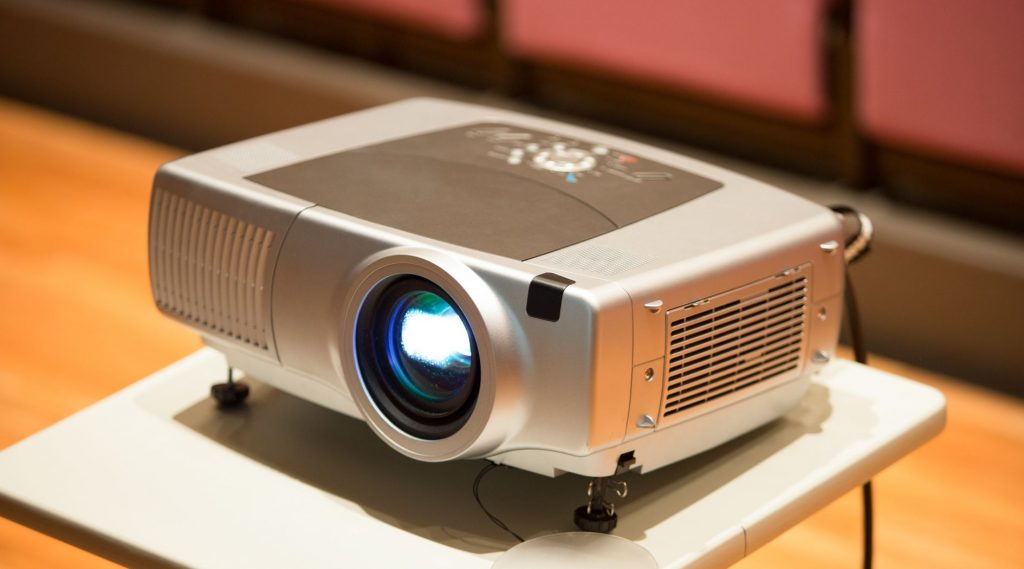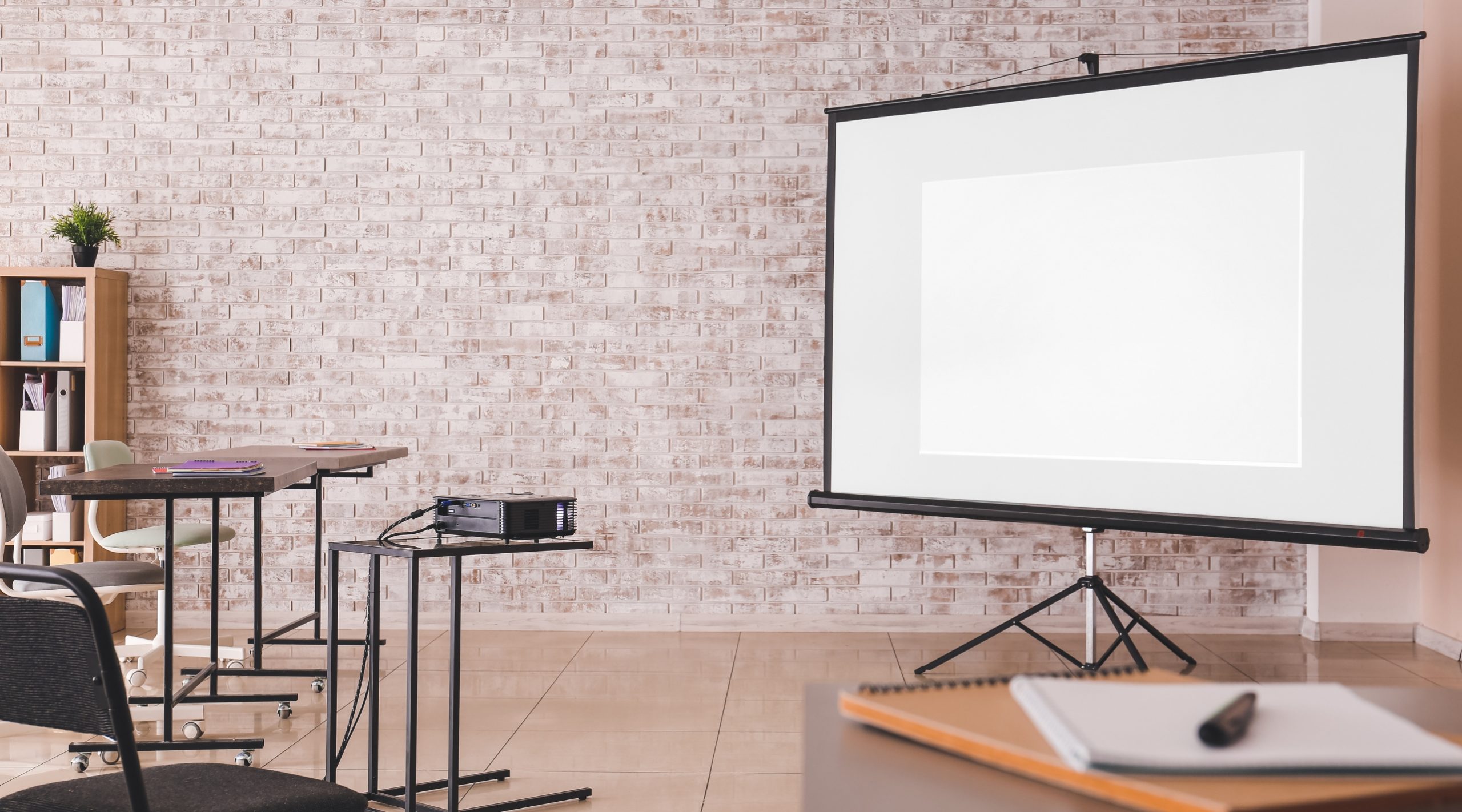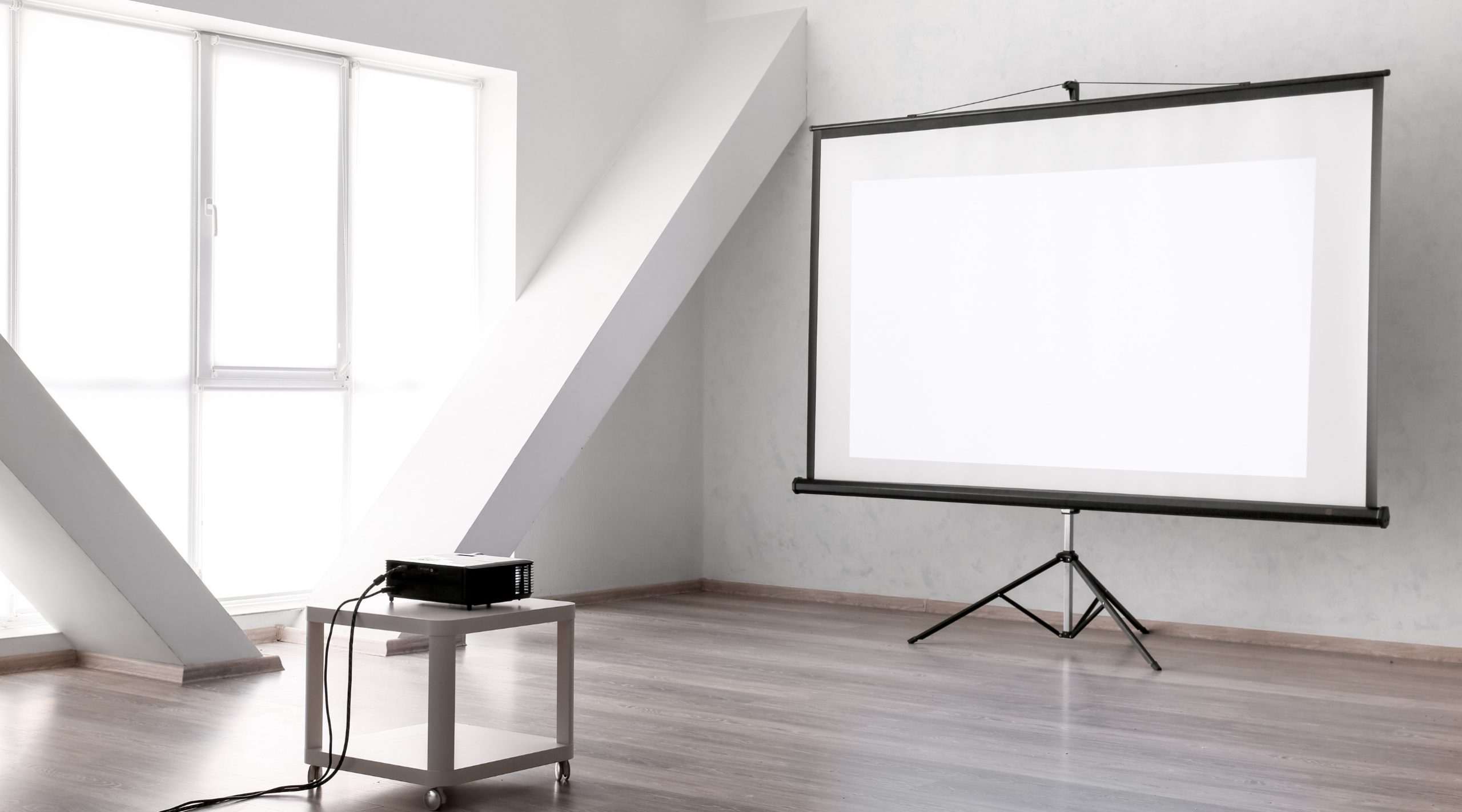When it comes to projectors, “What is a good contrast ratio for a projector?” and “How important is contrast ratio in a projector?” are two critical questions that can significantly influence the viewing experience.
These questions frequently arise when individuals look for an excellent projector to elevate their home theater experience or meet other requirements.
In this article, we will delve into the world of projector contrast ratios and shed light on the good contrast ratios for different projectors to help you make an informed decision. Read on!
What is the contrast ratio?
The contrast ratio serves as a way to gauge how much variation in brightness exists within an image or on a screen.
Typically, it’s represented as a comparison between the intensity of the brightest shade (white) and the deepest shade (black) that a projector can showcase.
How do we evaluate projector contrast ratios?
There are two main ways to evaluate the contrast ratio of any projector,
- Full On/Off contrast
- ANSI contrast
Both are discussed below,
1. Full on/off contrast
This Full On/Off Contrast evaluation involves measuring the brightness contrast between a solid white test pattern at 100 IRE (“full on”) and a solid black test pattern at 0 IRE (“full off”).
When the contrast ratio reads 10,000:1, it indicates that the device perceives the white as being 10,000 times more luminous than the black.
2. ANSI contrast
Another approach to determining contrast ratio is known as ANSI. This technique doesn’t rely on the 0 IRE black and 100 IRE white screens.
However, it employs a sole checkerboard design containing 16 rectangles, equally split into eight white and eight black sections.
To find the ANSI contrast ratio, we calculate the average brightness of all the white squares and separately measure and average the brightness of the black squares within the checkerboard pattern.
Then, we determine the ratio by comparing the average readings of white to the average readings of black squares.
What is a good contrast ratio for a projector?
The contrast ratio of different projectors is largely influenced by factors like their placement, ambient lighting conditions, wall reflections, and room size.
1. For home theater
For home theater projectors, a desirable contrast ratio typically starts at 2000:1, but the greater the ratio, the superior the experience.
Home theater projectors boasting sequential contrast ratios of 3000:1, 5000:1, or even higher are considered excellent choices.
Leading home theater projectors, such as JVC, can achieve astonishing contrast ratios of 40,000:1 or beyond.
2. For gaming
Contrast plays a crucial role in gaming projectors, enabling you to differentiate between in-game characters and their surroundings.
Generally, a contrast ratio 2000:1 is seen as favorable for gaming projectors. A gaming projector with a minimum contrast ratio of 1000:1 is also advisable for an immersive gaming experience.

Projector for gaming
3. For office/business
Office projectors are typically used in well-lit settings, prioritizing brightness. Many office projectors offer sequential contrasts ranging from 200:1 to 1000:1.
Opting for a conference room projector with better contrast can enhance the clarity of business presentations, especially when displaying PowerPoint slides and charts.
However, it’s essential to emphasize that overall brightness remains the predominant factor in these scenarios.
4. For classrooms
When selecting a projector for educational purposes, it’s crucial to consider its usage. In classrooms, complete darkness is often not feasible, diminishing the significance of contrast.
However, since ensuring all students can easily read the screen is paramount, contrast should hold more weight here than projectors in business settings.
Ideally, aim for a projector with a contrast ratio of at least 600:1. Nonetheless, as in other non-residential environments, the lumen output remains the primary consideration in classrooms.
Get a more comprehensive knowledge on the understanding of contrast ratio by seeing this video,
https://youtu.be/NRS0W8f371c?si=sgy1C61U-Rm9XMUy
Factors that affect contrast ratio
Several factors influence how we perceive a projector’s contrast ratio. Here are some of them:
1. Brightness
Increased projector brightness typically leads to a rise in the level of darkness, referred to as the “black floor,” due to reflections occurring in the projector’s light source and the surrounding environment.
2. Picture mode
Contrast ratios can be influenced by different picture modes as they often lower the projector’s maximum brightness while the black level remains unchanged. This, in turn, leads to a decrease in the overall contrast ratio.
3. Ambient light
The background brightness increases when viewing a screen in bright ambient light, such as sunlight or intense artificial lighting.
This makes it harder to distinguish between dark and light elements on the screen, reducing the perceived contrast and making content appear washed out.
Conversely, in dimmer lighting conditions, the contrast ratio improves as the ambient light’s influence diminishes, resulting in sharper and more vivid images on the display.
To maintain optimal contrast, adjusting screen brightness or using anti-reflective coatings can be effective solutions, ensuring that the display’s content remains clear and legible regardless of ambient lighting.
4. Screen surface
The screen surface is another crucial factor. Matte screens diffuse incoming light, reducing glare and reflections, enhancing contrast by making dark areas appear darker, and improving overall visibility in well-lit environments.
On the other hand, glossy screens reflect more ambient light, which can wash out dark areas and decrease contrast.
Therefore, a matte screen is often preferred for applications where contrast is paramount, such as graphic design or video editing.
However, glossy screens may offer more vibrant colors in controlled lighting conditions, making them suitable for entertainment like watching movies.

Screen surface
Final thoughts
The importance of contrast ratio in a projector cannot be overstated, as it profoundly impacts the quality of your viewing experience. The ideal contrast ratio varies depending on the specific use case.
So, when it comes to projectors, understanding “how important is contrast ratio in a projector” is key to making an informed decision that suits your viewing preferences and requirements.

